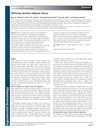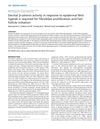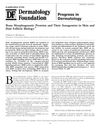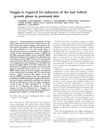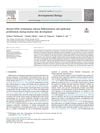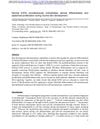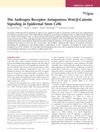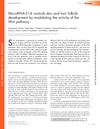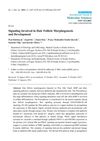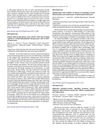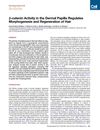Dermal EZH2 Simultaneously Orchestrates Wnt/β-Catenin Signaling Dependent Dermal Differentiation and Retinoic Acid Signaling Dependent Epidermal Proliferation During Murine Skin Development
November 2020
in “
bioRxiv (Cold Spring Harbor Laboratory)
”
EZH2 Wnt/β-catenin signaling retinoic acid signaling dermal differentiation epidermal proliferation Polycomb Repressive Complex 2 PRC2 dermal fibroblast progenitors epidermal keratinocytes hair follicle initiation epidermal hyperplasia RA signaling Wnt signaling retinoic acid skin development hair growth skin cells
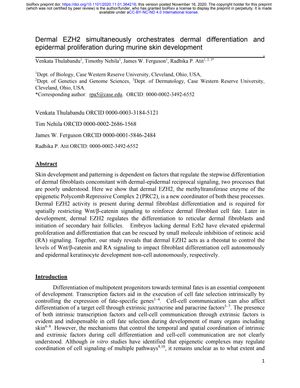
TLDR Ezh2 controls skin development by balancing signals for dermal and epidermal growth.
The study revealed that the Polycomb Repressive Complex 2 (PRC2), particularly its catalytic component Ezh2, played a crucial role in murine skin development by regulating Wnt/β-catenin signaling for dermal fibroblast progenitor differentiation and retinoic acid (RA) signaling for epidermal keratinocyte proliferation. Ablation of dermal Ezh2 led to misdirected differentiation of dermal fibroblast progenitors and delayed hair follicle initiation, as well as increased proliferation of epidermal basal keratinocytes causing epidermal hyperplasia. Elevated RA signaling in wild-type mice induced similar epidermal hyperplasia, which could be mitigated by inhibiting RA signaling in Ezh2 mutants. This study highlighted PRC2's function as a regulator balancing Wnt/β-catenin and RA signaling to coordinate dermal and epidermal development.


